How the time flies. It’s been over a year since JWST went operational, with other missions joining the fun. What new insights have we gained about the Universe thanks to these powerful new tools?
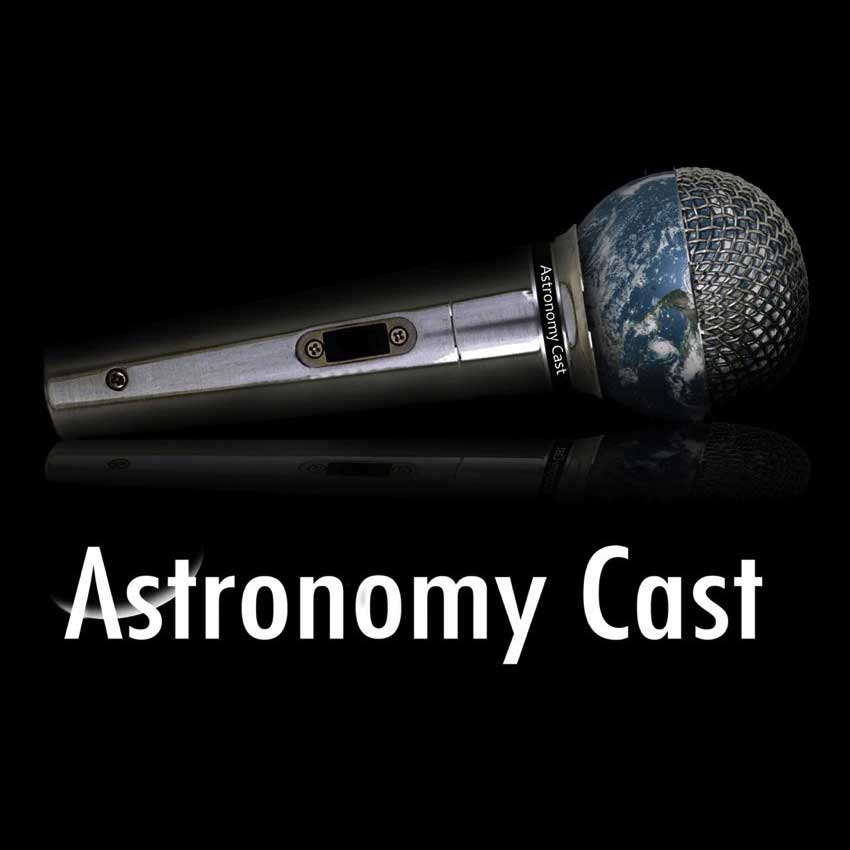

How the time flies. It’s been over a year since JWST went operational, with other missions joining the fun. What new insights have we gained about the Universe thanks to these powerful new tools?
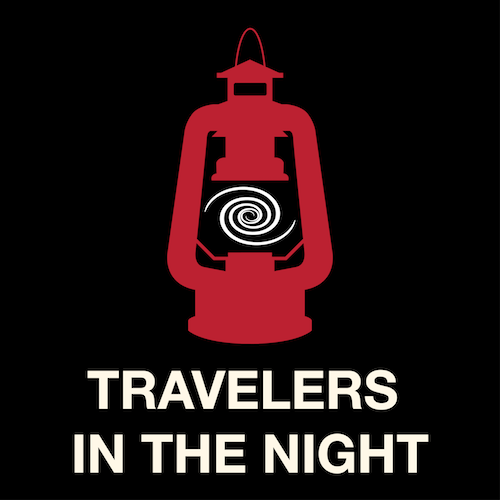
Astronomers are searching the solar system for new planets and Uranus’s orbit suggested Neptune exists. KBO orbits suggest Planet 9 exists. Contacting aliens might be us digging fossils on Mars or radio telescopes picking up a signal.
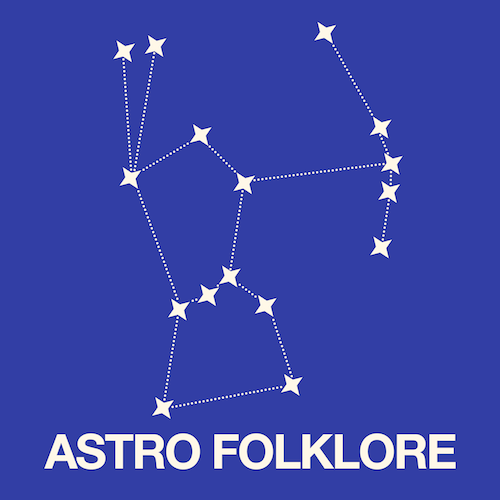
This is the Story about the rabbit on the moon from Vietnam as told and translated by Luong Ngoc Quynh for the Stars of Asia project in 2009 during International Year of Astronomy.

In this episode, we need to take one of our periodic looks at our planet’s science and understand what it means to life as we know it. But we will only look at Earth for the first two segments
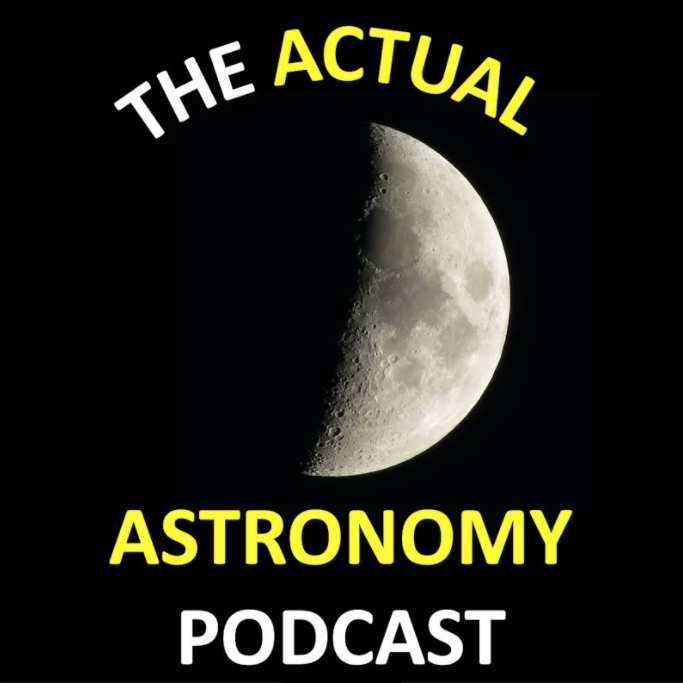
Today’s Actual Astronomy talk about a recent night where we finally met up to spend some time hanging out under the stars.
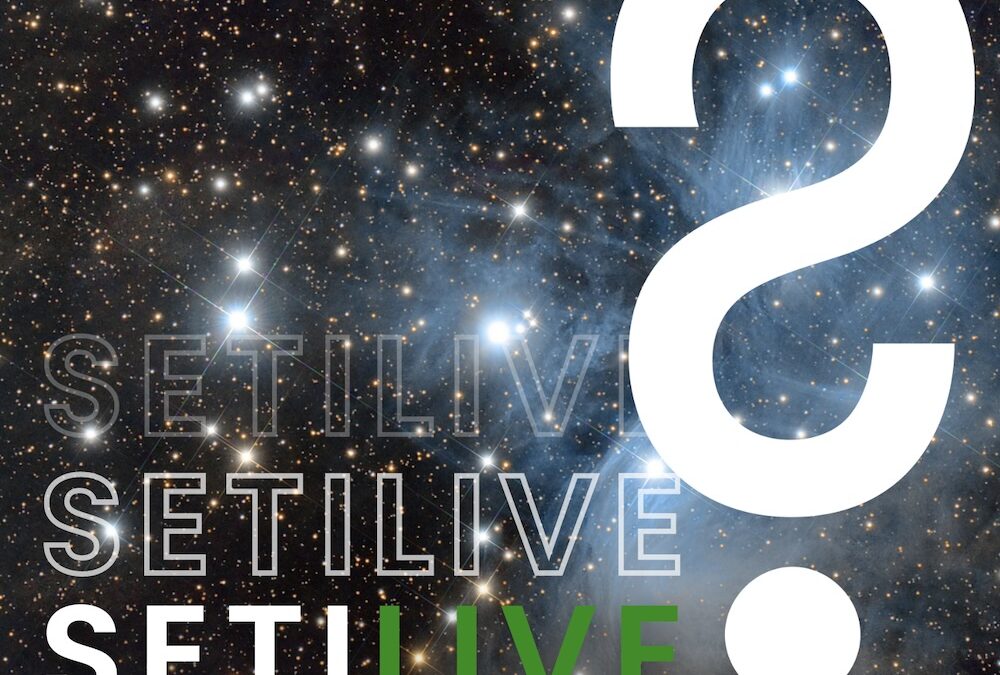
Until now, radio SETI has primarily dedicated its efforts to the search for continuous signals. A new study sheds light on the remarkable energy efficiency of a train of pulses as a means of interstellar communication across vast distances.
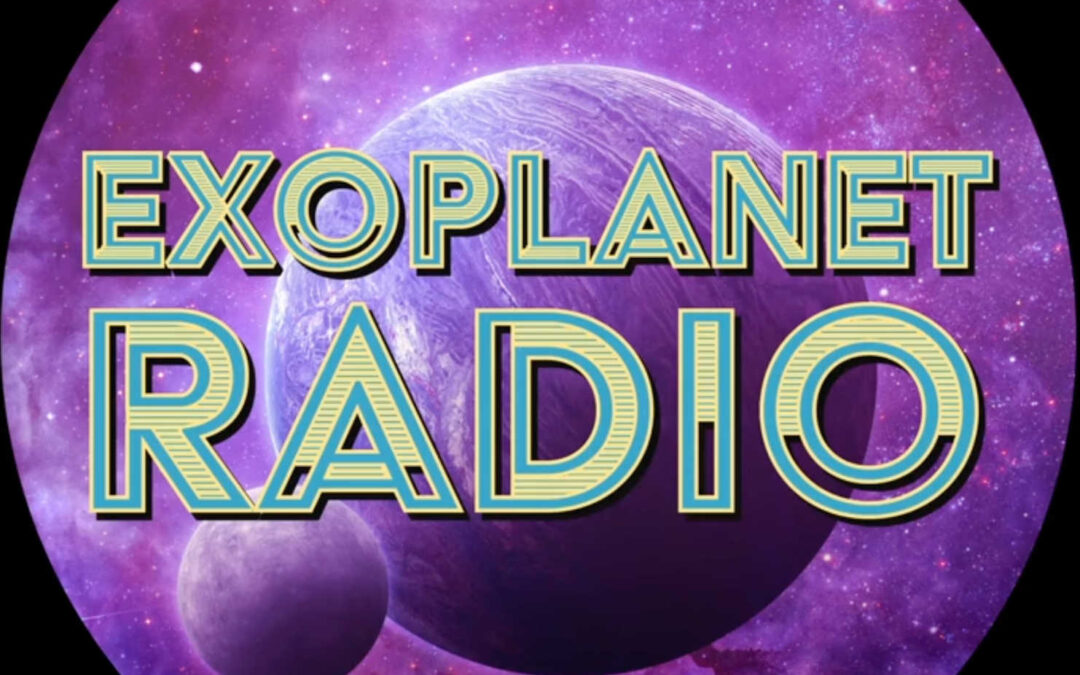
Did you know that the discovery of other planets in orbit around other stars is a very recent one? Only 25 years ago, we had no idea there were any planets in our galaxy besides those in our solar system. Now, not only have we discovered them, but astronomers estimate there are trillions of them. There are so many exoplanets out there that every star in our galaxy could have at least one.

Finally, we reach the end of our tour through the missions in the Solar System. Out beyond Mars, to Jupiter, the Kuiper Belt and Beyond.

Greg Leonard from Catalina Sky Survey team finds an interesting potentially hazardous asteroid and The Cosmic Campground as the last places where one can experience the natural night sky in the lower 48.
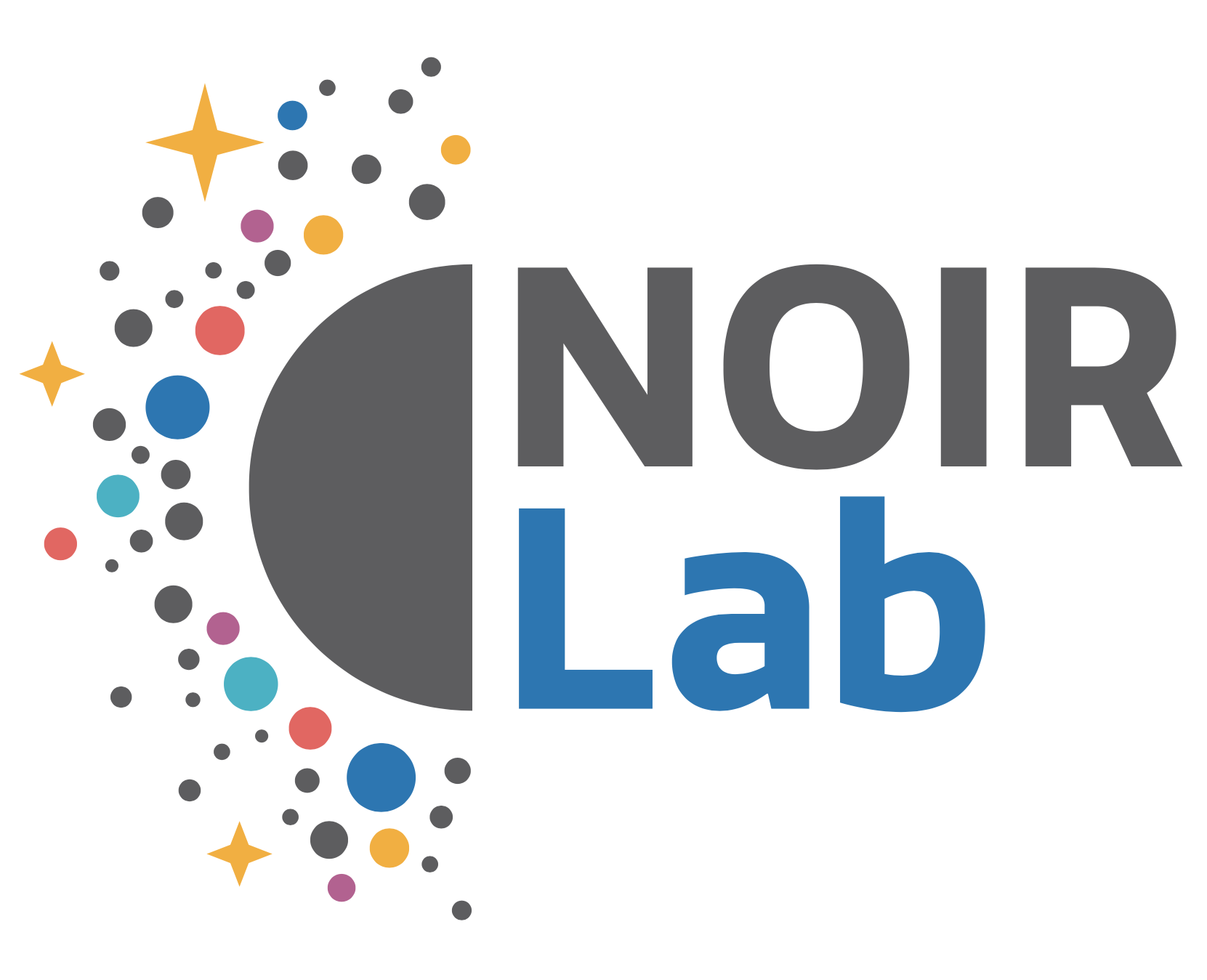
Astronomers have long sought to map the night skies that can help scientists spot broad patterns across a population of objects, put new discoveries such as transient events in the context of their surroundings, and identify the best candidates for focused observations. And here’s The Siena Galaxy Atlas Project.